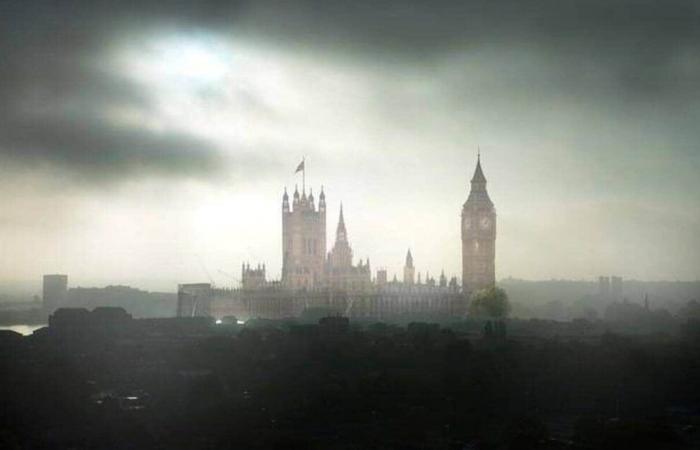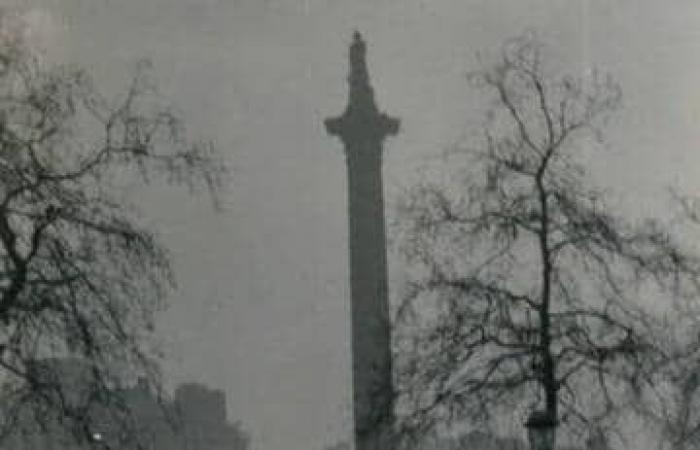For several days in France, a stubborn fog has covered our streets. If it is dangerous for motorists, this thick cloud can even become a terrible poison. This is what happened in December 1952, when 12,000 Londoners died, strangled by a deadly mist that covered the British capital. We tell you.
It is the deadliest pollution episode in European history. On December 5, 1952, a thick fog covered the city of London. Nothing worrying for its inhabitants at first glance, accustomed to roaming the city, bundled up in their large coats and scarves, eyes squinting to see the shapes blurred by the mist. But this time, this famous “ fog » (fog in English) which covers the Thames in white, does not rise. And will even prove fatal.
Read also: Weather: fogs will persist for several days in France, before the arrival of cold weather
You should know that a day before, a large anticyclone had hit the capital of the United Kingdom. Temperatures drop suddenly, and Londoners are frozen by the cold. They then began to massively use their coal stoves to try to keep warm, letting vast pollution escape from their chimneys.
A deadly cloud that seeps everywhere
And this mixes with all the impurities of the air omnipresent in the city by its numerous factories and power stations in the surrounding area. Soon the sky darkens, and the fog takes on a yellowish-brown color, while the echoes of loud coughs echo throughout the city. At first, Londoners did not panic, regularly suffering from the pangs of pollution which eventually faded after one or two days.
But the wind being too light, the strangling smoke struggled to dissipate for five days. It infiltrates the streets, depositing greasy filth on windows, before getting under doors and invading poisoned homes. In the cinema, for example, the spectators in the background do not even see the screen. London is at a standstill, under siege. And plunged into impenetrable darkness.
Read also: Air pollution: Europe tightens regulations and asks states to do much more
The police are quickly overwhelmed. Road traffic is prohibited and ambulances paralyzed, forcing patients to walk as best they can to the hospital. More than 100,000 hospitalizations were recorded and thousands of animals lost their lives. In just a few days, thousands of people die in their sleep. In total, there have been more than 12,000 deaths linked to respiratory diseases, particularly among children and the elderly. According to a 2016 Chinese study, it is particles of sulfur dioxide, transformed in the mist into particles of sulfuric acids through chemical reactions, which are the main ingredients of this poisonous cocktail.
Air pollution still kills today
Faced with this disastrous event, it is electric shock. Scientists and doctors who have been calling for measures for cleaner air for decades are finally being heard. Parliament will eventually adopt the Clean Air Act in 1956, encouraging alternatives to household coal, using subsidies. Subsequently, in ten years, carbon smoke emissions will fall by 76% in London’s air.
This event is called the “ Great Smog », smog being the contraction of fog (fog) and smoke (smoke).
Seventy years later, air quality remains a major issue, in London as in other cities around the world. Pollution would be responsible for 8.1 million deaths in 2021, according to the “State of Global Air” report, produced by several American research institutes. Air pollution is even the second largest risk factor for death in the world. China, India and Pakistan are still regularly victims of episodes of « smog » asphyxiants.







